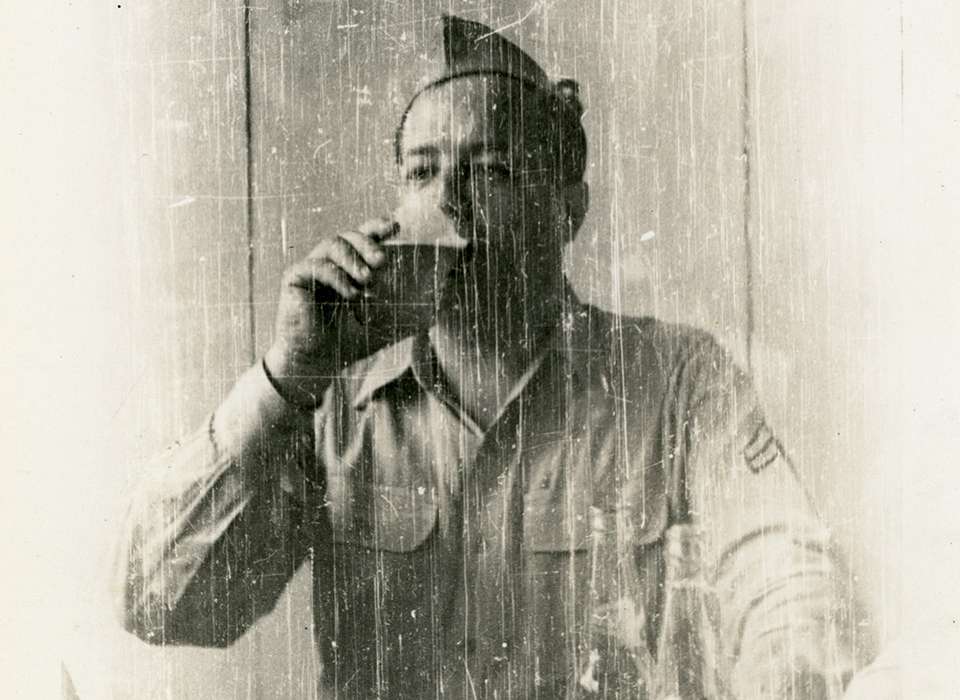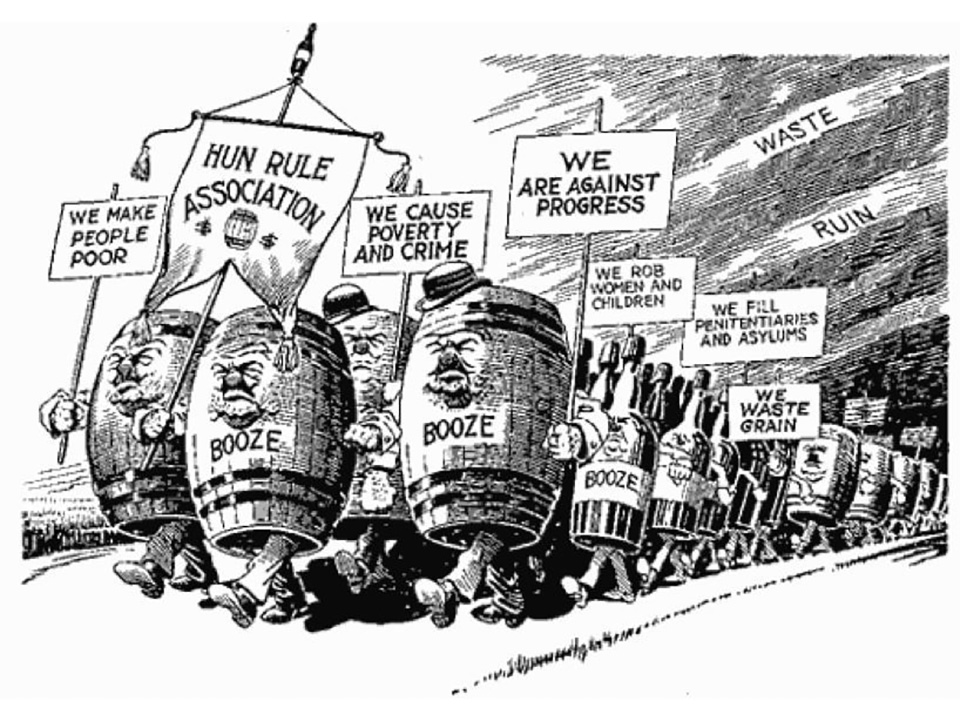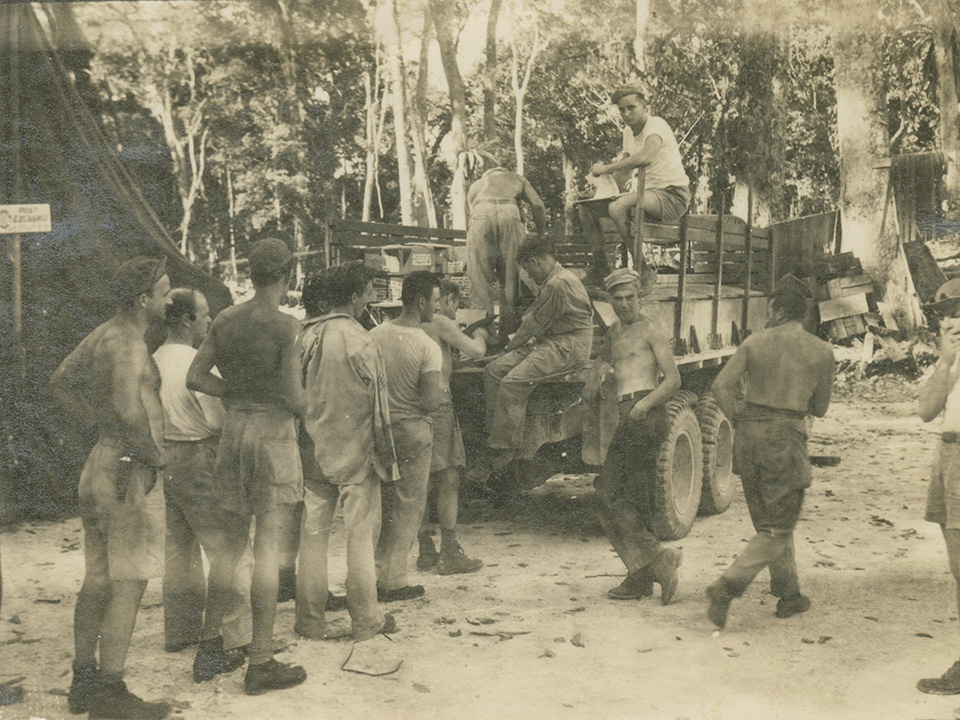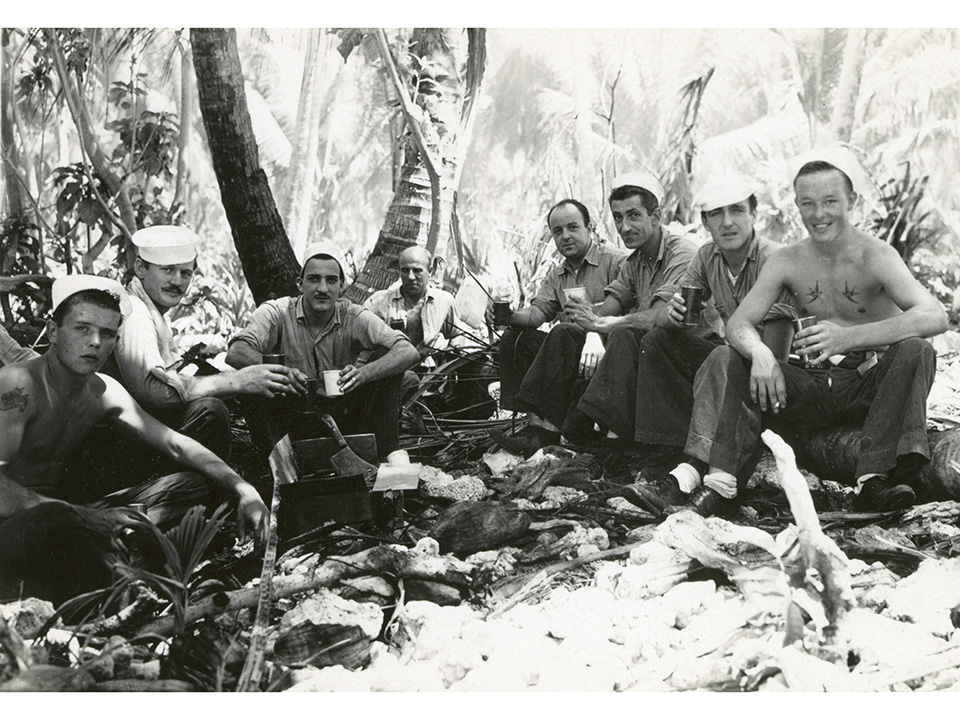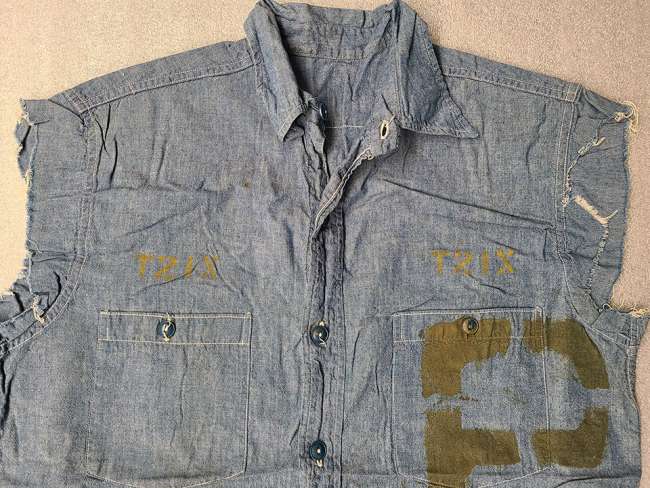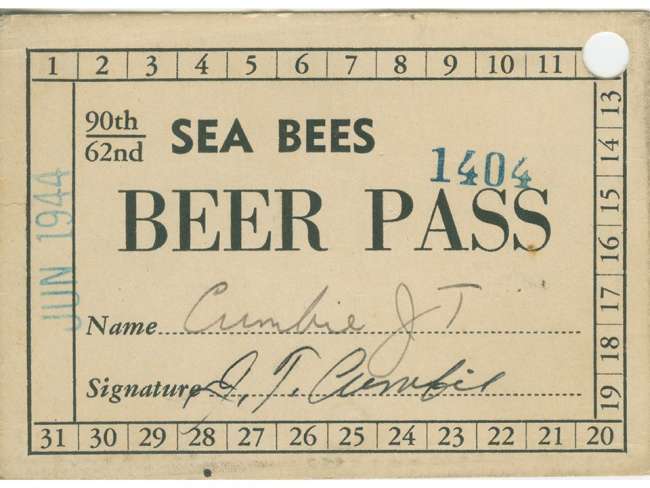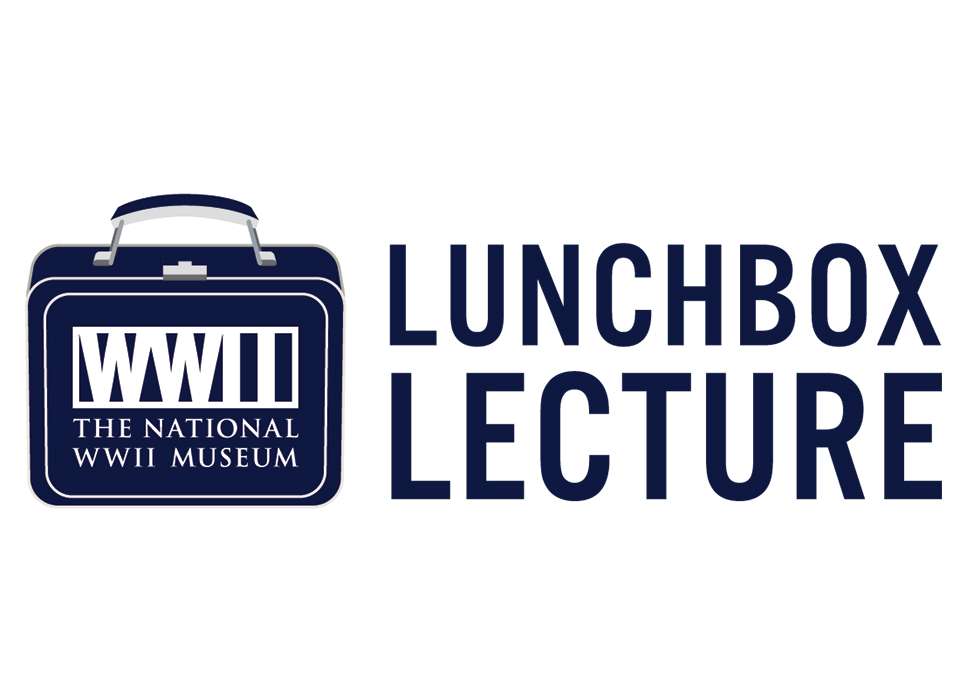Top Image: Unidentified US Army corporal, enjoying a beer in the European theater of operations. The National WWII Museum, Gift of Nancy and Julie Leary, 2013.221.128.
“We have German enemies across the water. We have German enemies in this country, too. And the worst of all our German enemies, the most treacherous, the most menacing, are Pabst, Schlitz, Blatz and Miller.”
- John Strange, Prohibitionist and Lt. Gov. of Wisconsin
In the years following the turn of the twentieth century, temperance organizations in the United States built upon decades of activism to demand federal legislation—perhaps even a Constitutional amendment—to rid the nation of the menace that was alcohol. “Dry” politicians steadily won elections in states across the country, and in the early years of the new century, the possibility of a nation-wide prohibition appeared increasingly plausible. Led by the Anti-Saloon League and the Women’s Christian Temperance Union, political pressure to support “dry” legislation continually rose. With the outbreak of World War I, however, the scales tipped favorably toward the prohibitionists, who used the anti-German sentiment of the war to target the domestic beer brewing industry.
Hatred of all things German quickly took hold across the country. The governor of Iowa declared speaking German in public to be against the law, sauerkraut became “liberty cabbage,” and temperance organizations took aim at the German immigrants running breweries in cities like Milwaukee and St. Louis. Many of the immigrants, who fled Europe in the wake of the failed Revolutions of 1848, carried the German tradition of beer brewing to the American cities where they settled. The effect of German immigrants on beer brewing in the United States was so significant that Jana Weiss, a historian of North American history, stated they completely transformed American beer brewing, triggering “the lager beer revolution.”
Temperance supporters denounced German beer brewers, as well as the brewing industry writ large, as they argued that brewers were intentionally wasting important resources, like grain, coal, and gasoline, in an effort to hurt the US war effort. Distributed pamphlets connected German-American brewers to Kaiser Wilhelm II, and an Anti-Saloon League cartoon called “Hun Rule Association” depicted German-American brewers as beer barrels marching with signs proclaiming: “We Make People Poor,” “We Cause Poverty and Crime,” and “We Are Against Progress.”
German-American brewers tried to make the case for their patriotism. The St. Louis-based Anheuser-Busch brewery changed their beer labels to feature English instead of German, while also removing all Germanic imagery in the process. However, such efforts fell short. Breweries shuttered their doors as other German immigrants changed their names. Streets previously featuring German names were also changed, and Lutheran churches abandoned the use of German during services in favor of English. The anti-German sentiment took an especially dark turn on April 4, 1918, when a German immigrant named Robert Prager was lynched in Collinsville, Illinois.
Members of the Anti-Saloon League used this anti-German sentiment to make the final push for a Constitutional amendment outlawing the production, sale, and transportation of alcohol. Two months after Armistice Day, they found their victory in the ratification of the Eighteenth Amendment on January 16, 1919. For 13 years, legal beer brewing in the US came to a halt.
In 1933, one month after Franklin Delano Roosevelt’s presidential inauguration, the US Congress passed the Twenty-First Amendment, designed to repeal the Eighteenth. FDR signed the Cullen-Harrison Act, which legalized the sale of beer containing up to 3.2 percent alcohol by weight. The act went into effect on April 7, 1933—nine months before the ratification of the Twenty-First Amendment and the formal end of Prohibition on December 5. While Americans and brewers around the country celebrated, conflict across the Atlantic steadily turned into the looming shadow of what would become World War II.
Eight years after the repeal of Prohibition, the United States again sent its armed forces abroad to fight a new German enemy. In the aftermath of the failed “Noble Experiment,” however, the military had a conflicted approach about providing alcohol to its ranks. For some, the vestiges of Prohibition lingered as a sign of morality and temperance. For others, they believed that fighting men needed alcohol as a source of both entertainment and solace. Ultimately, the US Military landed on the side of providing alcohol rather than restricting it. Then, much like in manufacturing and food production, the US government instructed the brewing industry to allocate 15 percent of its products for the military to ensure that beer could be provided to troops.
Brewers were delighted to oblige and used the opportunity to promote themselves as patriots, and their beers as “nutritional” due to the vitamin B in brewer’s yeast. After suffering attacks and public distrust throughout the First World War, beer brewers launched public campaigns informing the American public of their contributions to the war effort. Brewers proudly paid taxes on their product to support the war, and they used that message to promote themselves and their industry as wholly American. Unlike during World War I, this message found success, and the US government declared beer brewing an essential wartime industry.
Brewers saw the war not only as an opportunity to restore an industry damaged by anti-German propaganda and 13 years of Prohibition, but also as a way to hone in on new, key consumers: American GIs. As detailed in a 1941 issue of Brewers Digest, the military presented a chance “to cultivate a taste for beer in millions of young men who will eventually constitute the largest beer-consuming section of our population.” In response, soldiers, sailors, and marines were largely happy to oblige and accepted their beer rations. As a deference to “dry” politicians representing constituents who continued to worry about the negative effects of alcohol consumption, the government agreed that the ABV—alcohol by volume—of beer sold to American service members would remain limited at 3.2 percent. Sold at the PX (Post Exchange) or issued aboard ships, 3.2 percent American lager became the beer of the US Military.
Access to beer for American service members varied. For those in Europe who had more regular shipments of supplies, alcohol was also accessible through populated towns and villages boasting local brews, making additional alcoholic options available along with the 3.2 percent beer supplied by the US Military. In the Pacific, beer was not always easy to find or evenly distributed across the services. Marine Lester Hecht related a tale of getting a hold of cases of beer from the Army (you can listen to his story here). In other instances, the US tried to ensure that supplies made it to where the troops were by any means possible. Many appear standing in line to get their beer ration, like one from the collection of John Oliver Spinks who served with the 100th Bombardment Squadron. Here they appear lined up behind a truck carrying their beer rations.
In another case, Vernon Moret described how Coca Cola dried up before the beer (you can listen to Moret tell his beer story here). Countless photos of servicemen and their beer rations appear in the Museum’s collection. Pictured below are some Seabees enjoying their beer rations on Recreation Island.
American beer brewers were correct to guess that American GIs would become long-term consumers, and the preference for German-style lagers came to dominate the US brewing industry for the bulk of the twentieth century. To this day, some of the top beer breweries in the country are those founded by German migrants, including Anheuser-Busch, Pabst, Miller, and Coors. However, even with the rise of craft brewing late in the twentieth century, the influence of German immigrants on American beer drinking has resurfaced through the return of beer gardens, the brewing of “Old World” style beers, and the role of breweries as communal gathering spaces for towns and cities across the country.
Toni M. Kiser
Toni is a graduate of the George Washington University’s Masters in Museum Studies Program and the author of Loyal Forces: American Animals in WWII and the co-editor of Museum Registration Methods, 6th Edition.
Kristen D. Burton, PhD
Kristen D. Burton, PhD, is a former Teacher Programs and Curriculum Specialist at The National WWII Museum.
Cite this article:
MLA Citation:
APA Citation:
Chicago Style Citation:
